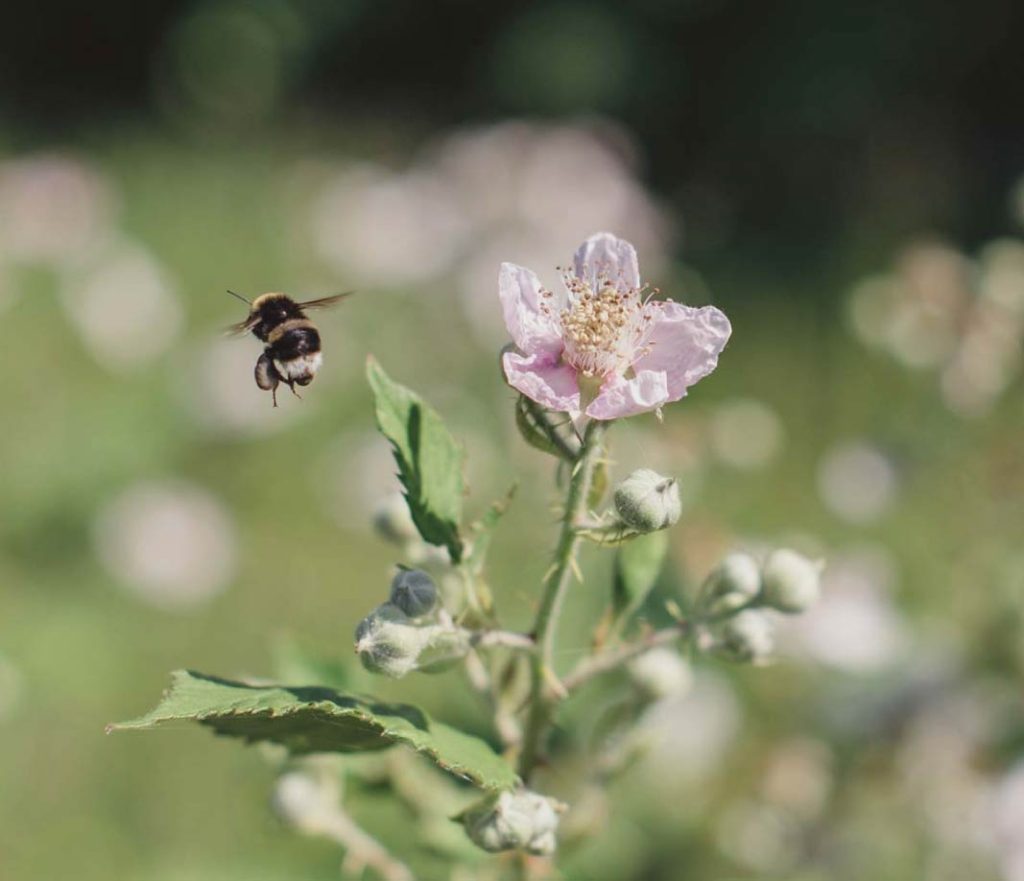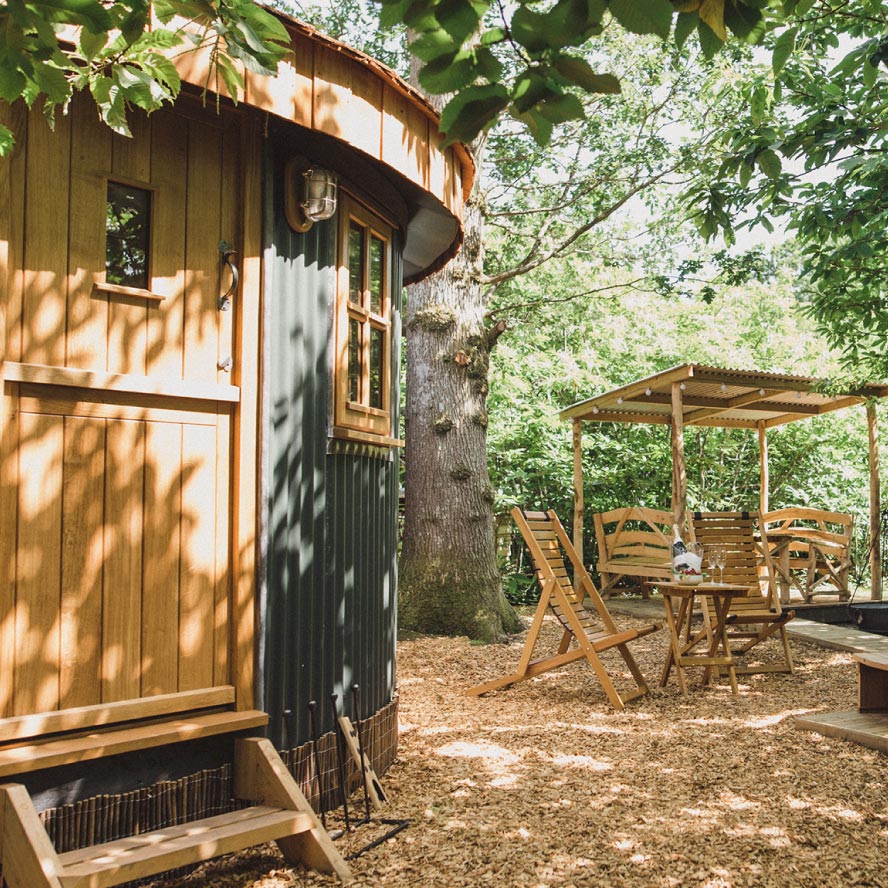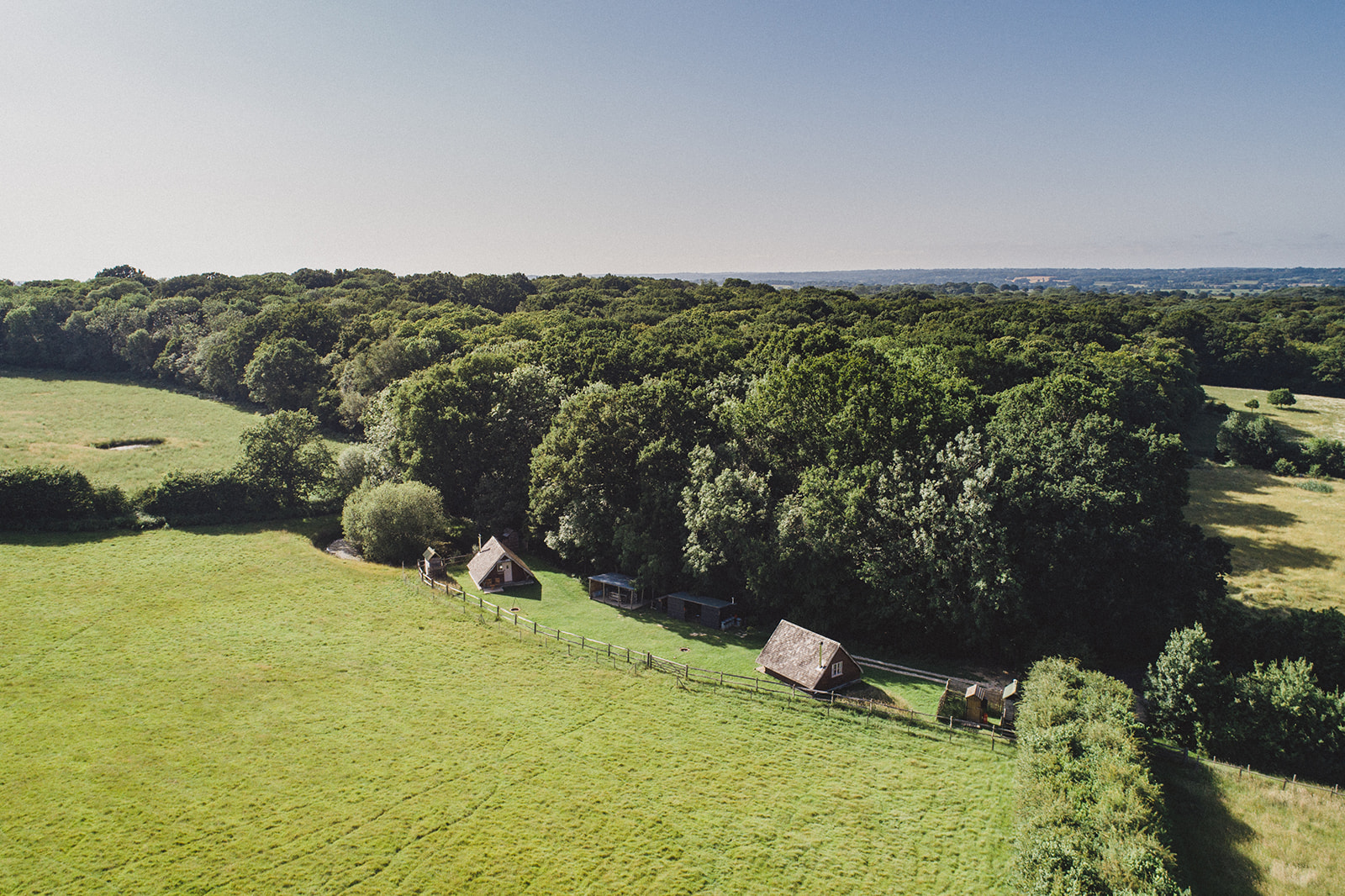I know rather more botanists than is normal. They have remarkable brains. Every single one of them can take one look at a plant – a grass, a lichen, an inconsequential ground hugging green thing, a nodding flower – and not only name it in English but in Latin too. In fact they say the names as though they were one – ‘Ah, greater knapweed centaurea scabiosa’ they say as though I knew exactly what they meant. ‘Good heavens, a ghost orchid epipogium aphyllum, that’s extinct, how remarkable.’ In fact if we did have a ghost orchid we would also have plague of botanists because it is – or was – extinct. Until that is Plantlife (www.plantlife.org.uk) the conservation charity, named its political manifesto ‘The Ghost Orchid Declaration’, forcing a determined botanist to go and hunt one down. Which he did. Just goes to show that extinction is not necessarily all you think it might be.
I must confess to an interest here, since I am a trustee of Plantlife, and an enthusiastic support of their work conserving wild plants. We conserve a few of our own here and it is for these two reasons that we know a lot of botanists.
This does not mean that we understand a word they say, or are capable of naming more than about four wild flowers, and then only in English. Neither of us has the sort of mind that can think in several dimensions at once. I can just about spot Ladies Bedstraw, Ox Eye Daisy, Yellow Rattle, Birds Foot Trefoil, Ragged Robin, Common Spotted Orchid, and a few standard things you get on your lawn. Beyond that all I see is lot of different coloured flowers, and more types of grass than I ever thought possible.
In fact it’s the grasses that are key to wild flowers, and although neither of us can name very many of anything, we do know how to create the sort of habitat that wild plants (and therefore wild animals) love. We’ve had fifteen years of getting it wrong then getting it right. Our meadows are, truly, unbelievable in summer, absolutely stuffed with Latin names. Personally I like the names for the grasses best. Sweet Vernal, Timothy, Creeping Bent, Yorkshire Fog, Upright Brome, Quaking Grass. Lovely. Almost like something you’d do – ‘I was creeping bent in the quaking grass and then ran straight into a real Yorkshire of a fog.’
I’m rather better at hedgerows and woods but then there’s less to choose from. And now the hedgerows – we’ve planted about two miles of them – are putting on their summer clothes, albeit slowly. They’re spotted with the snowflakes of the hawthorn (the proverbial May, which, until it’s out, you are not supposed to case your clout).
Little green buds are appearing on almost everything from Spindle to Dogwood, Guelder Rose to Hazel. The bluebells in the wood are late this year but no bad thing. Soon we’ll have that English postcard view of a carpet of blue and the most remarkable scent all through the woodland.
So in spite of knowing so many botanists, and having about seventeen different plant identification books, we remain in blissful ignorance of almost all of them, other than the enormous gratification of knowing that several hundred of them grow happily here.
We're on Instagram.
Follow us for the latest updates, stories, reviews and much more.
Awards & Accreditations













